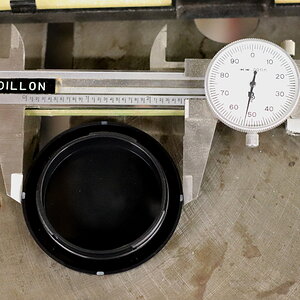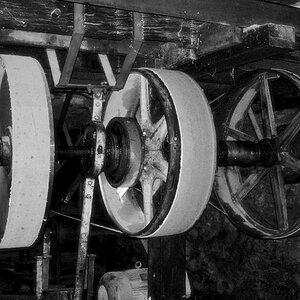spacediver
TPF Noob!
Suppose you are imaging a perfectly flat light emitting surface, and you set the camera a certain distance from this surface and take an image. Now suppose you move the camera further away from this surface, but don't change anything (same ISO, aperture, zoom, focus) and take another image.
Will the "vignetting function" be identical? Or would it only be identical with such a distance change if the surface in question is perfectly Lambertian?
Will the "vignetting function" be identical? Or would it only be identical with such a distance change if the surface in question is perfectly Lambertian?


![[No title]](/data/xfmg/thumbnail/31/31744-f06a1a9bb9c74e3b8b332878f5fe71f1.jpg?1619734986)
![[No title]](/data/xfmg/thumbnail/31/31743-3b294ee78fc71e7bfc025b01eafb0c2d.jpg?1619734986)
![[No title]](/data/xfmg/thumbnail/31/31091-00a77a1c08cddcf7dc236d9317f868d2.jpg?1619734607)


![[No title]](/data/xfmg/thumbnail/31/31094-f975d7e61424996edc28cec3b9dd70a8.jpg?1619734611)

![[No title]](/data/xfmg/thumbnail/39/39479-b21bb968588fb225cd453013c6512c9a.jpg?1619739047)
![[No title]](/data/xfmg/thumbnail/42/42267-2fff585000110a96fd9ac3ff09cceb95.jpg?1619740076)


